Remembering the First World War
-
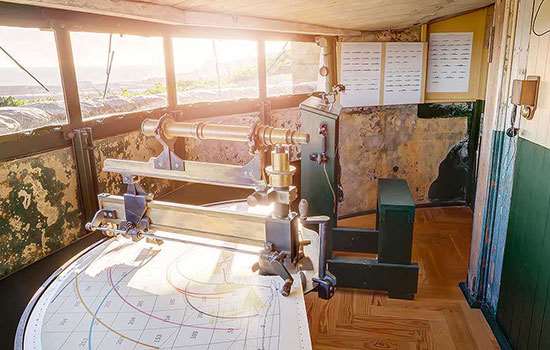
FORTRESS DOVER AND THE FIRST WORLD WAR
At Dover Castle an obsolete gun battery within the castle was transformed into a command and control centre that played a vital role.
-
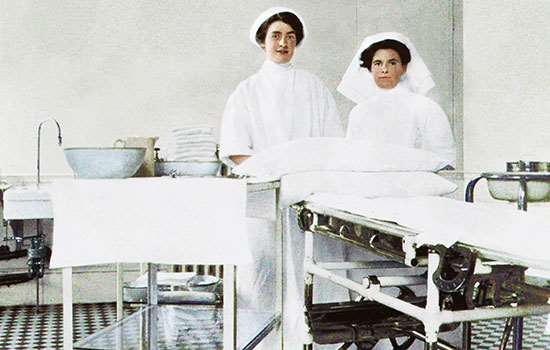
Help us identify forgotten WWI nurses
We've expertly colourised wartime photographs from Wrest Park, and we're appealing to the public to help us identify the nurses who worked there during the war.
-

WWI conscientious objectors
Sixteen conscientious objectors were detained at Richmond Castle during the First World War. Discover the remarkable graffiti they left behind on the walls.
-
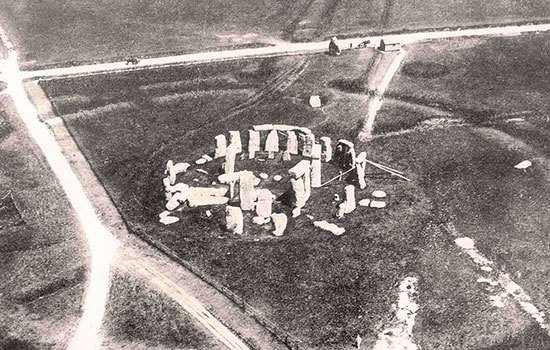
WWI Stonehenge aerodrome
Find out why the aerodrome was built at Stonehenge, what it was used for, and how its removal marked the first step in transforming the landscape around the ancient monument.
-

SOLDIERS AT STONEHENGE
One million men from across the Commonwealth trained for war at Stonehenge between 1914 and 1918.
-
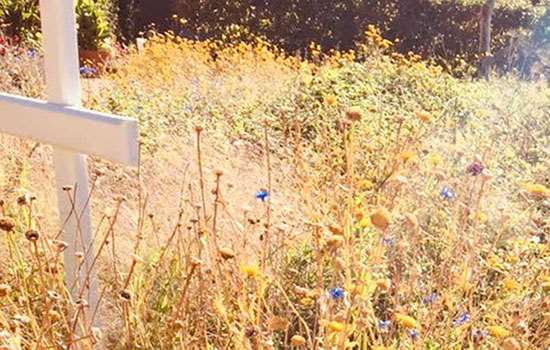
BATTLEFIELDS TO BUTTERFLIES: A GARDENER AT WAR
Men from all walks of life left their homes, loved ones and jobs to fight, many never to return. Staff at some of the properties now cared for by English Heritage were no exception.
-

Real wonder women of WWI
We take a look at the stories of some remarkable women who lived during the First World War.
-

SIX LONDON WWI MEMORIALS
We care for six of central London’s finest First World War memorials, including the Cenotaph – the centre of the nation’s remembrance every November.
Soldiers' Stories
Our historians, along with Findmypast, have unearthed stories of men who spent time at our sites during the war.
-

SERGEANT JOHN ROBERT MCMELLON
Sergeant John Robert McMellon stayed at Wrest Park for a few weeks before going elsewhere to convalesce then returning to the front line.
-
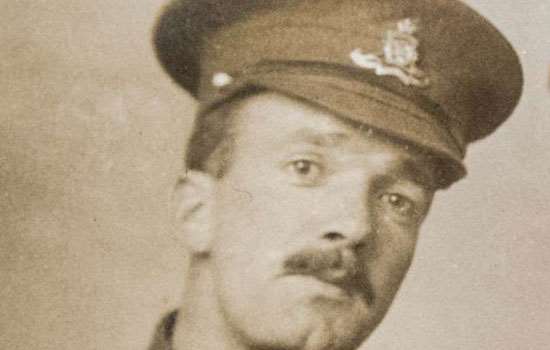
John Glasson Thomas
John Glasson Thomas was an accomplished trainer of recruits, and organiser, at Pendennis Castle, rising from Private to Battery Quartermaster Sergeant.
-

Auberon Herbert
Auberon Herbert, 8th Baron Lucas, and his sister, Nan, opened their doors at Wrest Park to injured soldiers in 1914. He also served with distinction during the First World War.
English Heritage properties with First World War history
Find a blue plaque
English Heritage cares for hundreds of blue plaques that commemorate notable people who lived and worked in London, including some who left their mark on the country during the First World War.
-

David Lloyd George (1863 - 1945)
Prime Minister during the First World War
-

Bertrand Russell (1872 - 1970)
Conscientious objector, Philosopher and Campaigner for Peace
-

Dame Maud McCarthy (1858 - 1949)
Army Matron-in-Chief
-

Edith Cavell
Nurse and heroine of First World War
-

Siegfried Sassoon
Writer
-

CRW and Henry Nevinson
Artist and Journalist
Plaques for women
English Heritage is calling on the public to nominate more notable women from history for London blue plaques. We want more blue plaques for women but we need your help.
Who do you think deserves a plaque? Has she made a great and lasting impact on society? Has she been dead for more than 20 years? And does the London building in which she lived or worked still stand? If the answer is “yes” we want to hear from you.
Propose a plaqueDiscover more stories
If you’re a member, you can read more stories in the October Members’ Magazine about the role some of our sites played during the First World War.
Read the Members' Magazine


